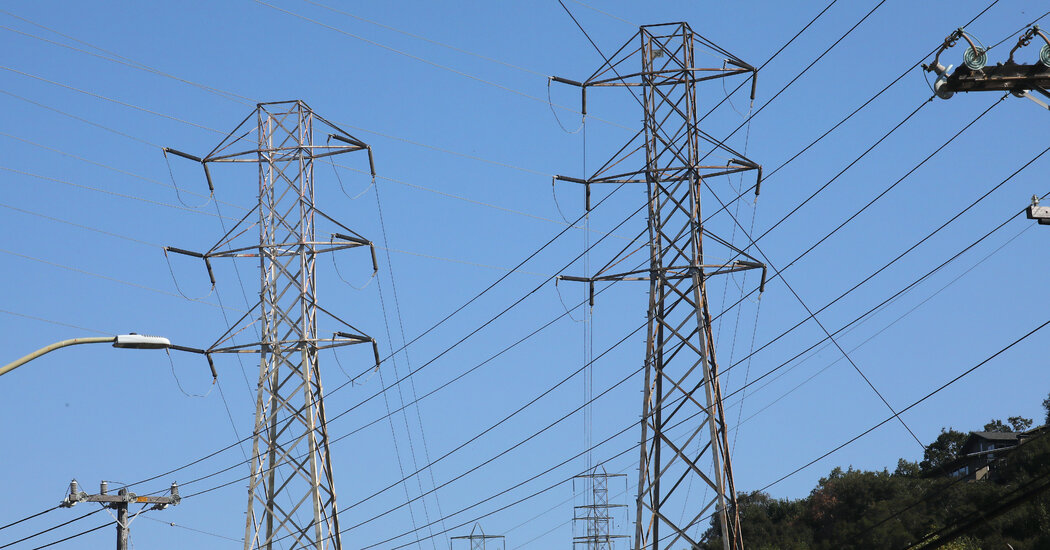- cross-posted to:
- [email protected]
- [email protected]
- cross-posted to:
- [email protected]
- [email protected]
What are advanced conductors?
Today, most power lines consist of steel cores surrounded by strands of aluminum, a design that’s been around for a century. In the 2000s, several companies developed cables that used smaller, lighter cores such as carbon fiber and that could hold more aluminum. These advanced cables can carry up to twice as much current as older models.
This is the best summary I could come up with:
“We were pretty astonished by how big of an increase in capacity you can get by reconductoring,” said Amol Phadke, a senior scientist at the University of California, Berkeley, who contributed to one of the reports released Tuesday.
If utilities began deploying advanced conductors on a nationwide scale — replacing thousands of miles of wires — they could add four times as much transmission capacity by 2035 as they are currently on pace to do.
Installing advanced conductors is a promising idea, but questions remain, including how much additional wind and solar power can be built near existing lines, said Shinjini Menon, the vice president of asset management and wildfire safety at Southern California Edison, one of the nation’s largest utilities.
In 2022, Congress approved hundreds of billions of dollars for solar panels, wind turbines, electric vehicles and other nonpolluting technologies to tackle global warming as part of the Inflation Reduction Act.
But if the United States can’t add new transmission capacity more quickly, roughly half the emission reductions expected from that law may not materialize, researchers at the Princeton-led REPEAT Project found.
Countries like Belgium and the Netherlands have been widely deploying advanced conductors in order to integrate more wind and solar power, said Emilia Chojkiewicz, one of the authors of the Berkeley report.
The original article contains 1,286 words, the summary contains 215 words. Saved 83%. I’m a bot and I’m open source!

